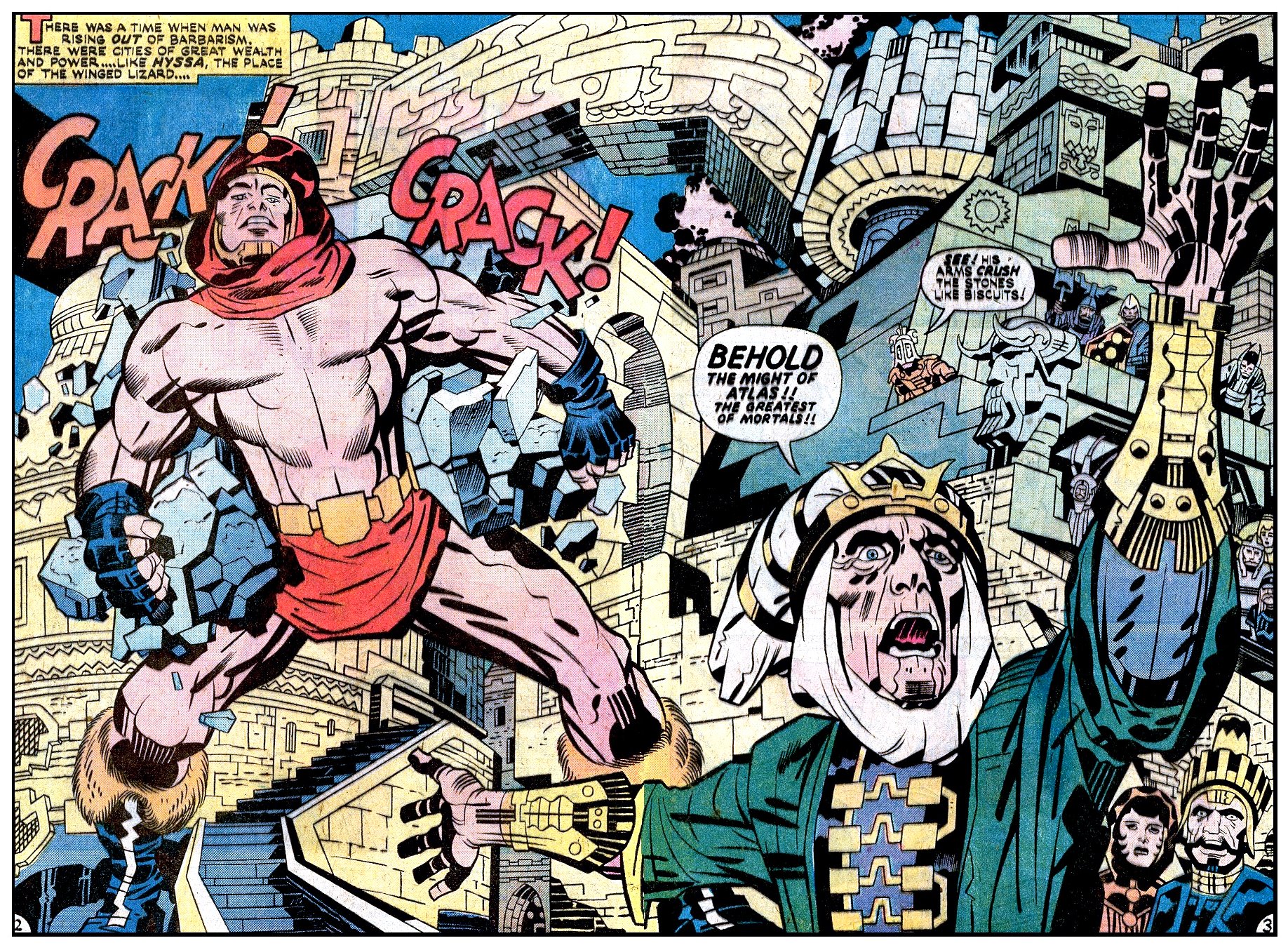These are the comics I've read over the past week. Only one of them is new.
Martian Manhunter (2018) #5
John Jones discovers he's not the only Martian that survives his planet's death, and he needs John Jones partner, Diane, more than ever to bring him in. The parallel story of the last days of Mars draws incrementally closer to its tragic end. This continues to be one of the few current comics I'm interested. but the decompression is starting to wear on me.
Kill 6 Billion Demons Book 3
I confess the first two installments of Kill 6 Billion Demons were interesting to me because of the setting, and because I thought it was leading to somewhere cool. This volume, though, I enjoyed for what it was doing at the moment. Here we get an epic heist story or classic D&D setup in the city of Throne itself.
Black Hood (1991)
Black Hood was the last of the ongoing series as part of DC's Impact Comics line, a resurrection of Archie's MLJ heroes. Black Hood has the best high concept and the best first issue of the Impact titles: It ends with its Punisher-esque, journal-narrating, vigilante hero getting killed, and a teen age kid taking up his mask that is more than just a simple piece of cloth. The premise unfolds less grittily than one might image given that '91 was when comics were at peak anti-hero, but then the Impact line was aimed a bit at younger readers, which in that era didn't mean anime-inspired stylization in the art and more simplistic stories, but instead younger protagonists and less violence. Sort of. The whole series is available on Kindle/Comixology.
4 hours ago



















.jpg)





